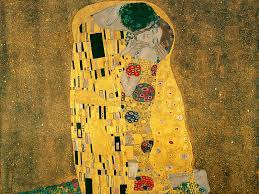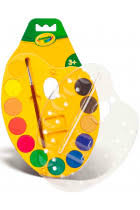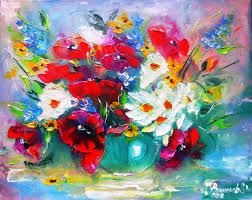construction and decoration
VITEBSK ART SCHOOL (part 1)
 Nikolay Gugnin. From the history of the Vitebsk art school.
Nikolay Gugnin. From the history of the Vitebsk art school.
In the late 1910s, the paths of many famous artists of the 20th century converged in the provincial city of Vitebsk. They were very different in their views on art, in belonging to one or another artistic movement, and the circumstances that brought them to Vitebsk were different. But all of them were united by the idea of creating the Vitebsk professional art school, now celebrating its seventy-five years. And this small (1918-1923 gg.) Period of time in its history became its first chapter, dramatic and vibrant. Continue reading
CLASSIFICATION OF WORKS OF THE FINE ART
 Classification of works of art by type, material, technique and genre.
Classification of works of art by type, material, technique and genre.
Works of fine art are divided into the following main types: painting, graphics, sculpture, decorative and applied art. Recently, a fifth can already be added to the traditional four types of fine art – technical arts, which include art photography and computer graphics. Painting, in turn, is divided into easel and monumental. Graphics for drawing, watercolors and printed graphics. The sculpture is round (monumental, easel, small forms) and relief (bas-relief – when less than half the volume emerges from the plane and the relief is more than half). Even more varieties in DPI: ceramics, hot enamel, batik, tapestry, forging, painting on wood, metal, etc. Continue reading
HISTORY OF THE ORIGIN AND DEVELOPMENT OF STAINED-GLASS ART (part 2)
 Let us imagine for a moment the decoration of these choirs: painted walls and ceilings, glazed tiled stoves, patterned carpets and carved shutters … In the interiors of rich chambers, only windows could remain colorless spots. Stained-glass windows — multicolored glasses and mica plates assembled in the pattern — helped to solve the problem, complementing the atmosphere of the luxurious life of the then aristocracy. “The colored light that now penetrated through the glass and mica stained-glass windows created a special, joyful mood, made the interior cozy, complemented the beauty of the brightly-patterned decoration of the room.” Continue reading
Let us imagine for a moment the decoration of these choirs: painted walls and ceilings, glazed tiled stoves, patterned carpets and carved shutters … In the interiors of rich chambers, only windows could remain colorless spots. Stained-glass windows — multicolored glasses and mica plates assembled in the pattern — helped to solve the problem, complementing the atmosphere of the luxurious life of the then aristocracy. “The colored light that now penetrated through the glass and mica stained-glass windows created a special, joyful mood, made the interior cozy, complemented the beauty of the brightly-patterned decoration of the room.” Continue reading




